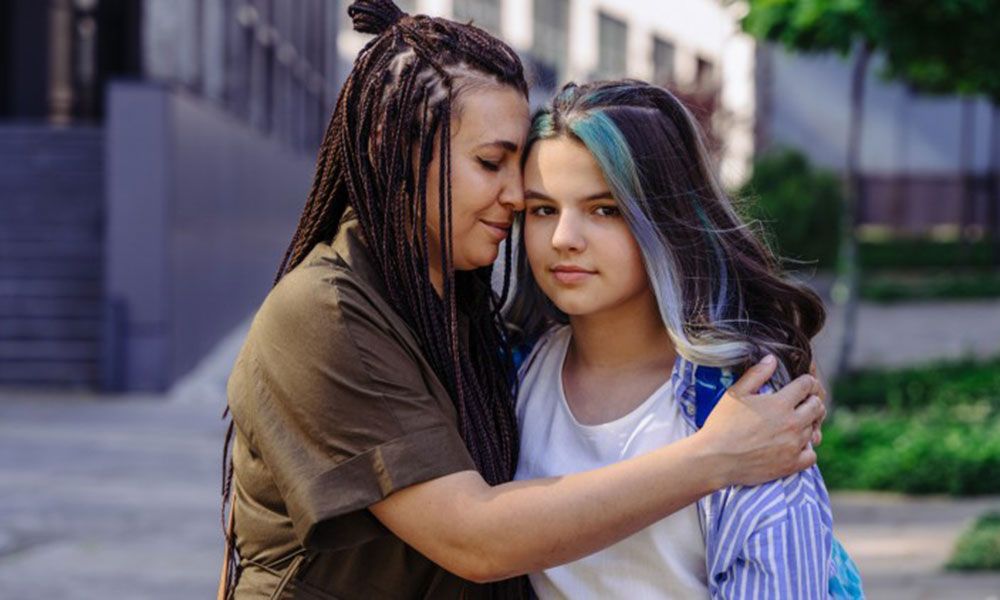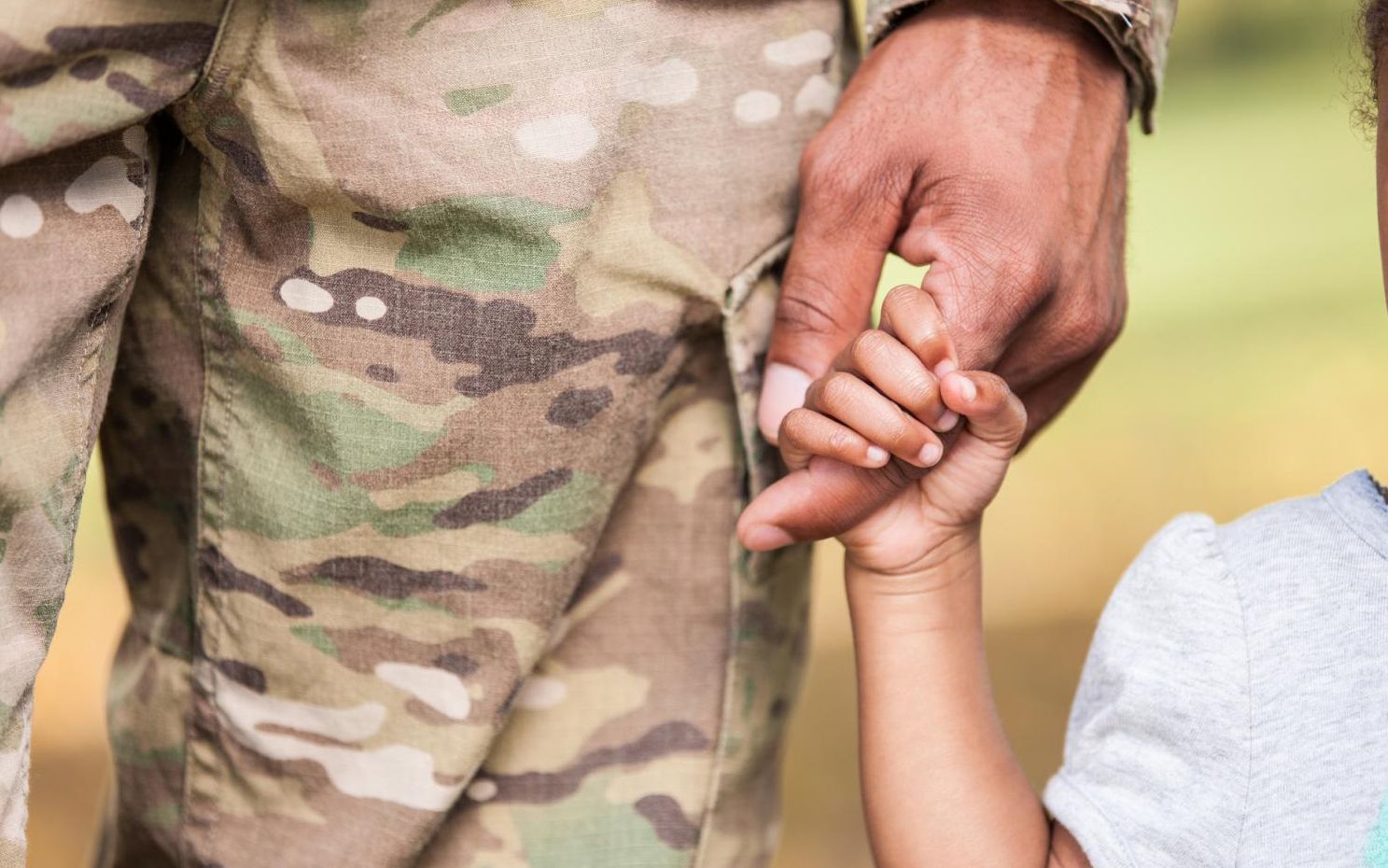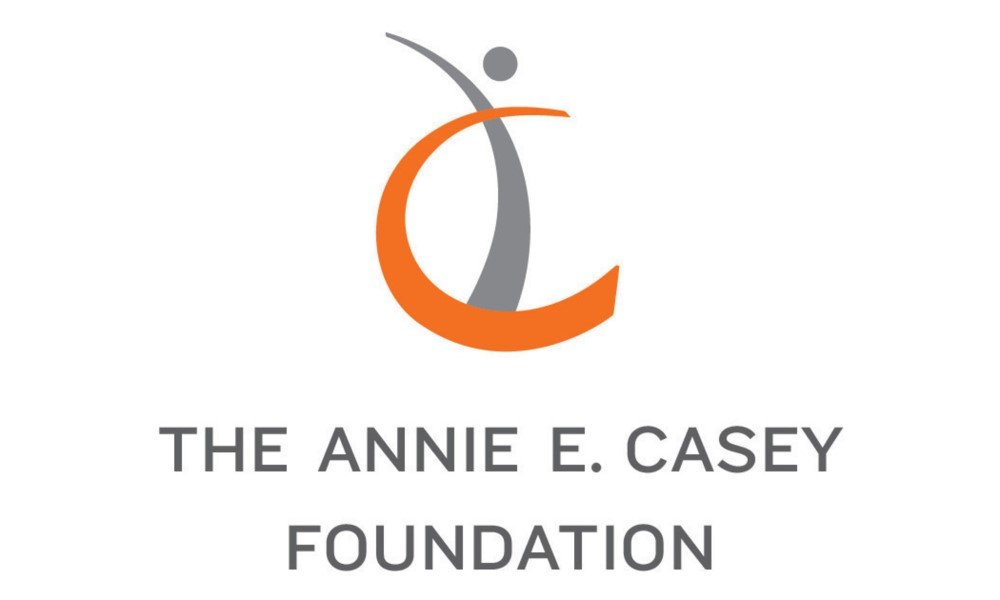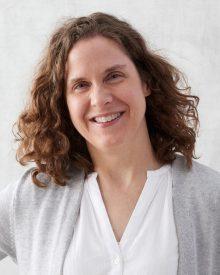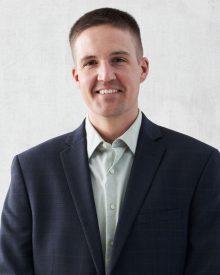Study of Evidence2Success® prevention framework yields suggestions to build successful community coalitions
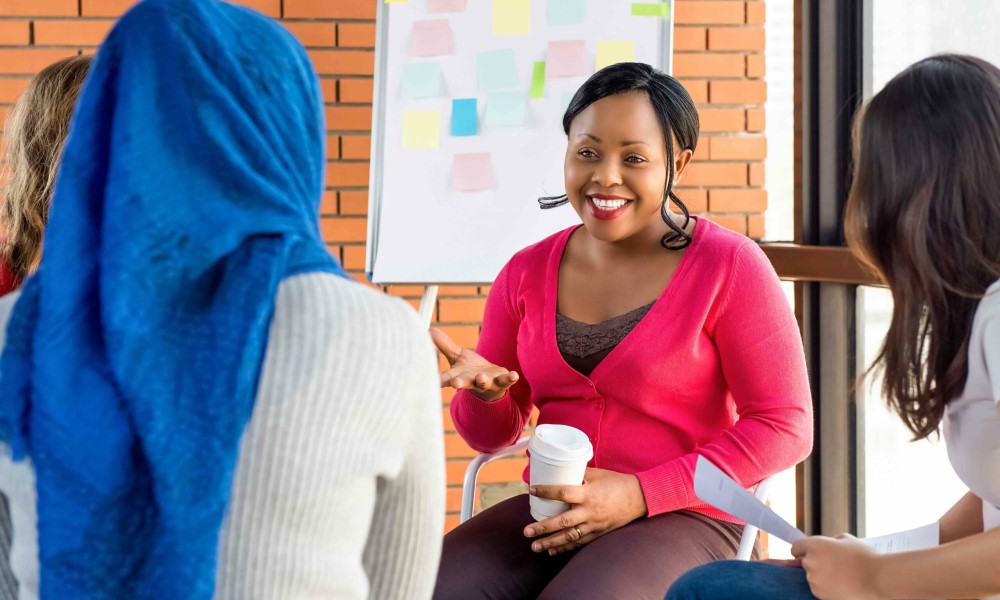
community-mtg—AdobeStock_197327927-Atstock-Productions
Photo credit: Adobe Stock/Atstock Productions
September 7, 2023
By Sara P. Brennen
For more than a decade, the Annie E. Casey Foundation has developed and supported the implementation of the Evidence2Success® prevention framework with communities to help them support the health and well-being of their youth. The framework gives community members tools that promote community collaboration, data use for decision-making and sustainable strategic financing.
The Evidence2Success framwork also provides guidance to support community collaborators wanting to select, plan for, implement, and monitor evidence-based youth and family programs. A three-year study of five urban, low-income communities using Evidence2Success has found that the communities built specific types of social capital that facilitate this work while using the framework.
Social capital is the fabric of a community. The more closely the threads are woven together, the stronger the community will be.
– Sarah Chilenski, Associate research professor of health and human development
The analyses show that active collaboration; networking; racial inclusiveness; care for youth across race, ethnicity, and socioeconomic standing; community input, and community voice – all examples of social capital – significantly improved over time during the implementation of the Evidence2Success framework. For more detailed information on the findings, see this article in the Journal of Community Psychology.
“Social capital is the fabric of a community. The more closely the threads are woven together, the stronger the community will be,” said Sarah Chilenski, associate research professor at the Edna Bennett Pierce Prevention Research Center and principal investigator on the study.
Types of Social Capital

Bonding: Connections among similar people and organizations. Example: Participants in a family program
Bridging: Connections between people and/or organizations who do not typically intersect:. Example: Neighborhood residents served by public systems, and the leaders of those same public systems
Linking: Connections that cross levels of power and hierarchy. Example: People who live in focused neighborhood and public system leaders
Collective capability: Includes optimism and hope, meaningful opportunity for involvement, strong public life skills. This means believing in the work you are doing and having the skills needed to be successful.
Chilenski and her team conducted face-to-face interviews with 216 community board members and 74 knowledge leaders in the communities once per year for three years.
The researchers provided these suggestions for community coalitions based on their findings:
- Provide a logical and structured, but adaptable, framework that focuses on using data to make decisions and that also promotes transparency.
- Keep data at the core of decisions made in community change efforts.
- Involve community members alongside traditional community leaders and decision-makers.
- Select meeting locations for your community coalition that consider the needs of those who live in the neighborhoods as well as those who work in the neighborhood or broader community.
This is one of the first studies to explore how community coalitions can create prevention systems to benefit youth living in highly populated, low-income communities of color, Chilenski said. Previous studies, such as the Communities that Care and PROSPER models, focused on mostly White youth living in suburban or rural areas.
Chilenski leads ongoing research evaluating the Evidence2Sucess framework, which has been implemented in six cities across the U.S. Collaborators on this study also included Jochebed Gayles, assistant research professor with the Edna Bennett Pierce Prevention Research Center (PRC) and evaluation analyst with Evidence-Based Intervention and Support (EPIS); Aaron Luneke, research data analyst with EPIS; Daphne Lew, instructor in the Division of Biostatistics & Center for Population Health at the Washington University School of Medicine; Francisco Villarruel, professor of human development and family studies at Michigan State University; Mary Lisa Penilla, research project manager with the PRC; Charles Henderson, former Board Chair, coalition member, and Community Review Committee member of the MyKearns Community Coalition; Hilder Wilson, program director with the Mobile Area Education Foundation; and Lisa Gary, senior associate with Keecha Harris and Associates.
About the Funder
This project was funded by the Annie E. Casey Foundation. The Annie E. Casey Foundation now offers the Evidence2Success Toolkit for any community to download and use free of charge.
Study of Evidence2Success® prevention framework yields suggestions to build successful community coalitions

community-mtg—AdobeStock_197327927-Atstock-Productions
Photo credit: Adobe Stock/Atstock Productions
September 7, 2023
By Sara P. Brennen
For more than a decade, the Annie E. Casey Foundation has developed and supported the implementation of the Evidence2Success® prevention framework with communities to help them support the health and well-being of their youth. The framework gives community members tools that promote community collaboration, data use for decision-making and sustainable strategic financing.
The Evidence2Success framwork also provides guidance to support community collaborators wanting to select, plan for, implement, and monitor evidence-based youth and family programs. A three-year study of five urban, low-income communities using Evidence2Success has found that the communities built specific types of social capital that facilitate this work while using the framework.
Social capital is the fabric of a community. The more closely the threads are woven together, the stronger the community will be.
– Sarah Chilenski, Associate research professor of health and human development
The analyses show that active collaboration; networking; racial inclusiveness; care for youth across race, ethnicity, and socioeconomic standing; community input, and community voice – all examples of social capital – significantly improved over time during the implementation of the Evidence2Success framework. For more detailed information on the findings, see this article in the Journal of Community Psychology.
“Social capital is the fabric of a community. The more closely the threads are woven together, the stronger the community will be,” said Sarah Chilenski, associate research professor at the Edna Bennett Pierce Prevention Research Center and principal investigator on the study.
Types of Social Capital

Bonding: Connections among similar people and organizations. Example: Participants in a family program
Bridging: Connections between people and/or organizations who do not typically intersect:. Example: Neighborhood residents served by public systems, and the leaders of those same public systems
Linking: Connections that cross levels of power and hierarchy. Example: People who live in focused neighborhood and public system leaders
Collective capability: Includes optimism and hope, meaningful opportunity for involvement, strong public life skills. This means believing in the work you are doing and having the skills needed to be successful.
Chilenski and her team conducted face-to-face interviews with 216 community board members and 74 knowledge leaders in the communities once per year for three years.
The researchers provided these suggestions for community coalitions based on their findings:
- Provide a logical and structured, but adaptable, framework that focuses on using data to make decisions and that also promotes transparency.
- Keep data at the core of decisions made in community change efforts.
- Involve community members alongside traditional community leaders and decision-makers.
- Select meeting locations for your community coalition that consider the needs of those who live in the neighborhoods as well as those who work in the neighborhood or broader community.
This is one of the first studies to explore how community coalitions can create prevention systems to benefit youth living in highly populated, low-income communities of color, Chilenski said. Previous studies, such as the Communities that Care and PROSPER models, focused on mostly White youth living in suburban or rural areas.
Chilenski leads ongoing research evaluating the Evidence2Sucess framework, which has been implemented in six cities across the U.S. Collaborators on this study also included Jochebed Gayles, assistant research professor with the Edna Bennett Pierce Prevention Research Center (PRC) and evaluation analyst with Evidence-Based Intervention and Support (EPIS); Aaron Luneke, research data analyst with EPIS; Daphne Lew, instructor in the Division of Biostatistics & Center for Population Health at the Washington University School of Medicine; Francisco Villarruel, professor of human development and family studies at Michigan State University; Mary Lisa Penilla, research project manager with the PRC; Charles Henderson, former Board Chair, coalition member, and Community Review Committee member of the MyKearns Community Coalition; Hilder Wilson, program director with the Mobile Area Education Foundation; and Lisa Gary, senior associate with Keecha Harris and Associates.
About the Funder
This project was funded by the Annie E. Casey Foundation. The Annie E. Casey Foundation now offers the Evidence2Success Toolkit for any community to download and use free of charge.
Related People
Related People





